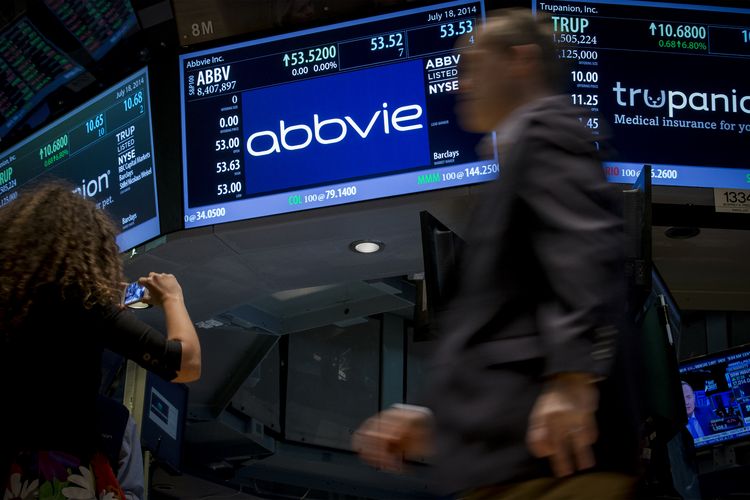AbbVie’s US$16.7bn M&A financing for its acquisition of Pharmacyclics represented a triumph following the cancellation of an earlier deal after the US tightened up on inversion trades
US Pharmaceutical company AbbVie has endured a roller-coaster ride in the global healthcare M&A boom, first abandoning a bid for UK rival Shire before clinching a US$21bn acquisition of drug company Pharmacyclics.
AbbVie was created three years ago in a spin-off from Abbott Laboratories to house its pharmaceuticals business and so is a relative newcomer to the bond markets, having wowed investors with a US$14.7bn debut in November 2012.
As such, AbbVie, rated Baa1/A, has only used the capital markets to fund big-ticket acquisitions, focusing on a need to take-out size, rather than tightening the price down to ensure a razor-thin concession. That made issuing in the dollar market – the world’s deepest and most liquid capital market – a no-brainer.
Following its debut in 2012, AbbVie took out loans in 2014 to help finance its planned acquisition of UK-based Shire Pharmaceuticals.
However, in October it dropped its bid as US Congress tightened the rules allowing companies to buy foreign targets in so-called inversion trades, which enabled US companies to re-domicile and avoid paying tax on overseas revenues.
That prompted AbbVie to cancel the £13.5bn of acquisition loans and also reduced a revolving credit facility that was arranged in August by JP Morgan, Bank of America Merrill Lynch and Morgan Stanley to US$3bn from US$4bn. The revolver was set up to cover general corporate and working capital of the merged company.
Back on the trail
After missing out on Shire, AbbVie hit the deal trail again as the global healthcare M&A boom powered ahead. On March 4, it announced it was acquiring Pharmacyclics for US$21bn and investors were well prepared for the bond refinancing.
Andrew Karp, co-head of Americas investment-grade capital markets at Bank of America Merrill Lynch, one of the leads, said: “As with all big M&A trades, the company had to strike the balance between de-risking the trade, avoiding negative carry and holding off until it had certainty that the deal was going to close.”
AbbVie came to the bond market during a period of strong technical bid for high-grade paper, and was able to exploit the continuing low-rate environment. Karp said. adding: “The technicals were strong, the market knew it was coming and investors had made room for it. The deal went extremely well.”
Even so, AbbVie was careful to ensure it hit the market ahead of a barrage of competing supply. In retrospect, it timed its entry well by as it tapped the market on May 5, the start of a week that was to bring bumper supply from Shell and Apple.
AbbVie’s was the best received of those trades as it peppered the curve with a six-part US$16.7bn deal, the third-biggest trade of 2015 and the sixth-largest corporate bond ever.
“As with all big M&A trades, the company had to strike the balance between de-risking the trade, avoiding negative carry and holding off until it had certainty that the deal was going to close”
Lead bookrunners BofA Merrill, Barclays, Deutsche Bank and Morgan Stanley were swamped with US$60bn of orders, enabling them to tighten pricing by 15bp on each tranche.
Ultimately, AbbVie sold US$3bn of three-year bonds at T+85bp, US$3.75bn of five-year bonds at T+105bp, and US$1bn of long seven-year bonds at T+130bp. Further out across the curve it sold US$3.75bn of 10-year bonds at T+145bp, US$2.5bn of 20-year bonds at T+165bp and US$2.7bn of 30-year bonds at T+180bp.
To see the digital version of this report, please click here
To purchase printed copies or a PDF of this report, please email gloria.balbastro@thomsonreuters.com

